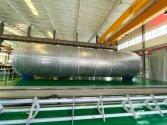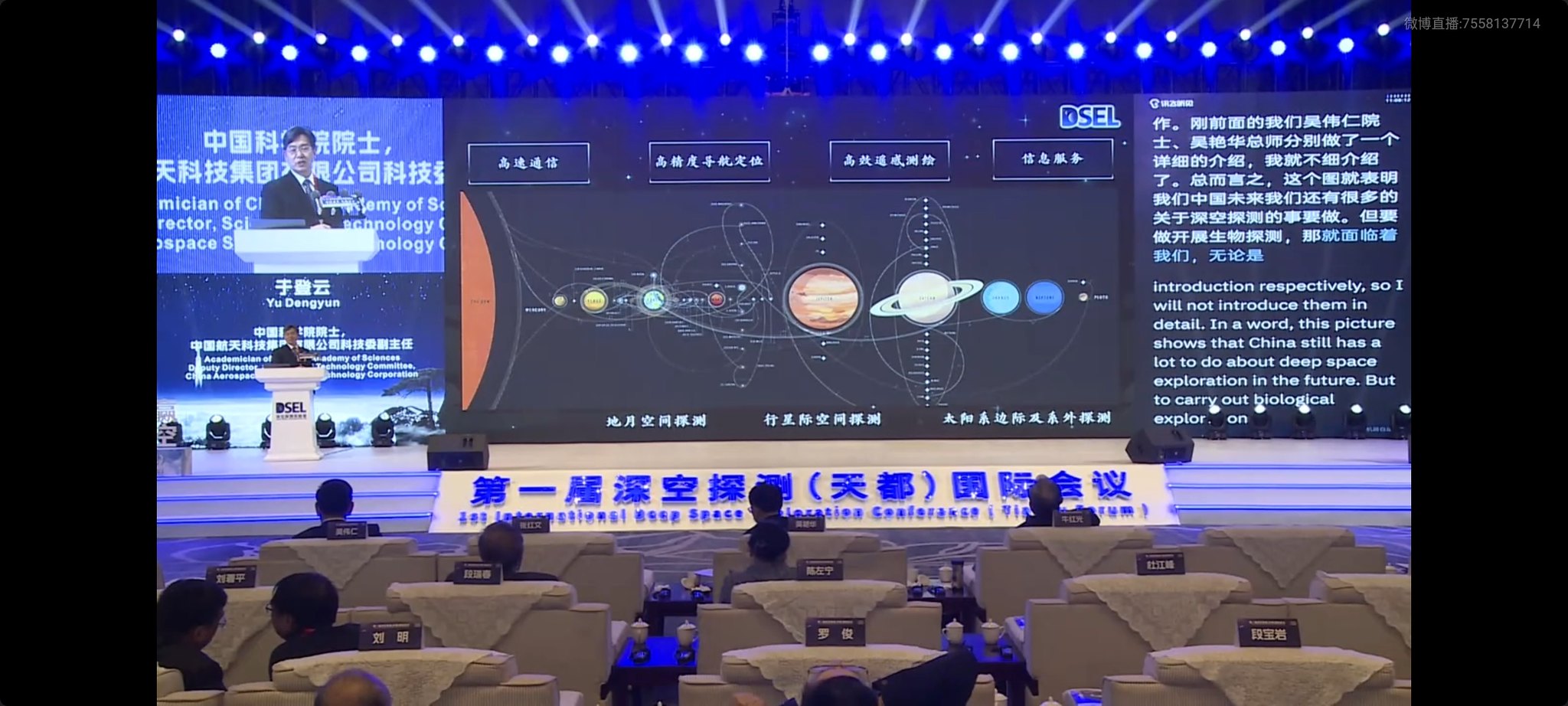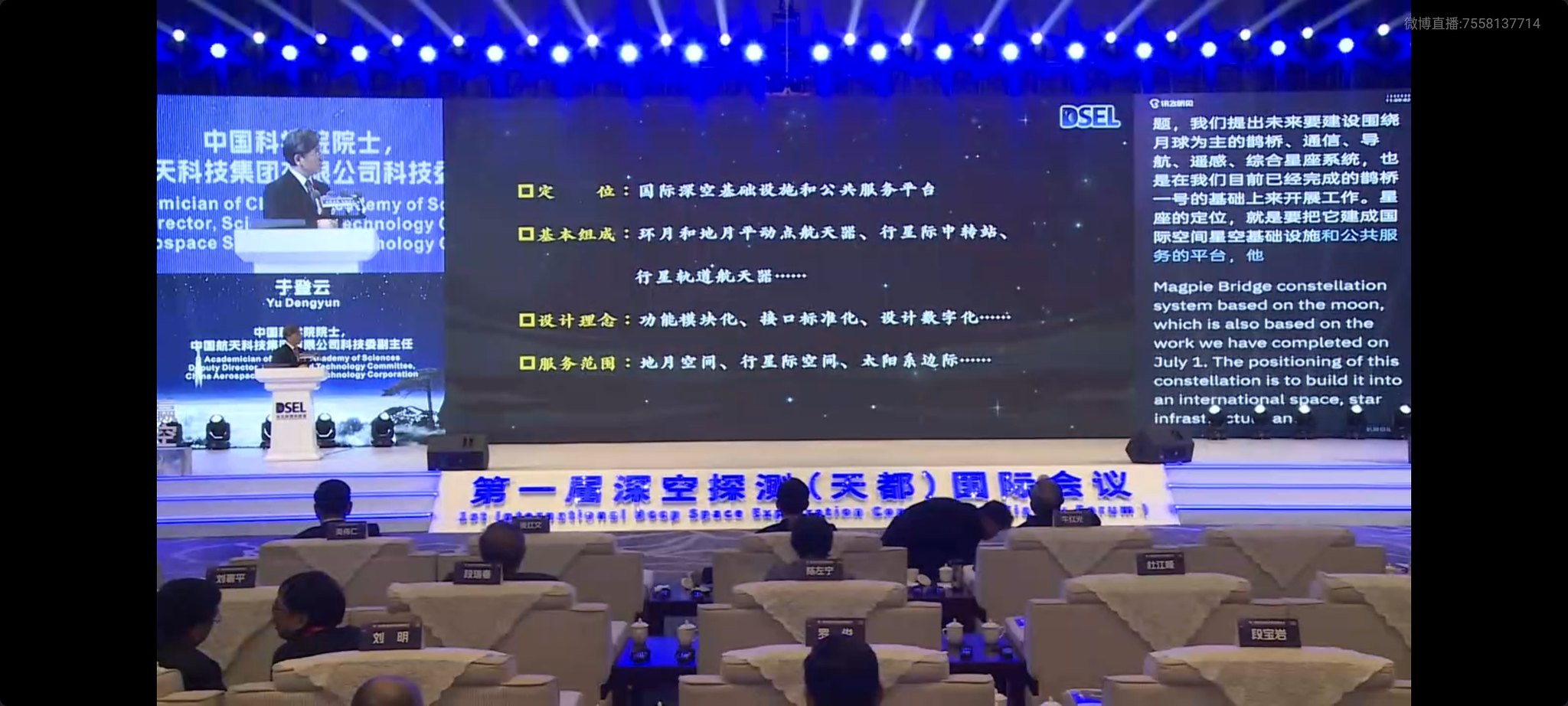Well, its actually a good thing if we look at it another way. If the private chinese space companies carry on like this, they will soon outcompete the state owned champions and take over the chinese market. It will be a good thing since comeptition among the private industry for contracts and efficiency will up everyone's game. So the state owned behemoths might have to focus more on science projects like NASA for space missions due to cost-effectiveness, reusability and the ability to focus on deep-space exploration while outsourcing routine missions. This shift has allowed NASA to leverage the private sector innovation and expertise, ultimately helping in saving cost and accelerating space exploration efforts while leaving the launch market to private space companies. So even if this happens in China, it wont be bad thing per se, Plus the state can still maintains minor or major shares in these private companies if they are worried about control.
I have to admit that i was actually surprised to see that private commercial chinese space companies who are barely 9years old are actually ahead of state champions in developing reusable rockets and they will have them flying and operational probably way before the state champions. I would have thought it will be the opposite given the experience and large funds available to state owned champions. Anyway, its still a good thing for China. Comeptition among private players is good for the industry just like in the Chinese EV industry, they will up their game and adopt the latest technolgies and standard's and maybe even pioneer new designs, if the state owned behemoths are slow to change and slow to adapt to new trends as is usually the case with big old companies then they too will be left behind in a decade or so from now like SAIC,DONGFENG, FAW etc in chinese car industry today.
After reading your discussion, I can only shake my head in disbelief. Your understanding of aerospace technology is embarrassingly superficial.
“Chinese private companies surpassing state-owned enterprises in reusable rockets? What kind of fairy tale is this?”
First, let’s clarify a fundamental point: Pure private aerospace ventures—whether in China or the U.S.—cannot succeed solely through their own technical (accumulation) or investments. China’s private aerospace sector exists primarily to absorb the surplus of STEM talent that the national aerospace system can’t accommodate. It’s a compromise to refresh the R&D capabilities of state aerospace institutions and provide career alternatives. These private companies are essentially backup players to China’s “national aerospace team.” Technologically, they can’t rapidly overtake the state giants.
In the U.S., SpaceX itself was incubated by NASA. The U.S. initially nurtured far more private aerospace firms—most failed, and SpaceX took 15–20 years to surpass legacy American aerospace contractors (which, from the perspective of Chinese observers, only declined due to complacency and Congressional mismanagement). Under normal circumstances, such competitive displacement takes decades.
China’s private aerospace firms are largely spin-offs of state-owned aerospace corporations or research institutes. Those “reusable rocket designs” and engine blueprints you see? They’re mostly discarded technical proposals from internal state-level competitions.
The Real Driver: Rocket Engines
SpaceX’s dominance hinges on one critical asset: the Merlin engine (a 65–90t-thrust kerosene engine developed in the 2000s). Other nations face roadblocks:
Europe/Japan/U.S.: Focused on 150–200t+ hydrogen engines—great for upper stages but unsuitable as first-stage engines due to low thrust density.
Russia: Stuck with Soviet-era 200t+ kerosene engines (overpowered for modern reuse needs).
China’s State Teams: Exploring reuse via off-the-shelf YF100 engines (120t thrust) on rockets like CZ-8R/CZ-6X (3m-diameter cores). Alternative paths like CZ-10 (using YF100 + 5m cores) or entirely new engines would require 8–10 years of R&D—the same timeline as SpaceX’s Falcon 9 development.
Key Reality: Any new 21st-century rocket engine needs 5 years just to reach prototype testing. Only then can the rocket’s architecture and payload capacity be finalized (for Falcon 9-level reuse, not toy rockets like Falcon 1). Even SpaceX couldn’t shortcut this—witness Falcon 9’s 10-year grind and Starship’s ongoing struggles.
China’s National Team vs. Private “B-Teams”
National Team Priorities:
CZ-10: A manned lunar rocket with 3-core CBC (Common Booster Core) design from its first flight. It prioritizes safety margins for crewed missions (slowing progress) and uses a cable-driven recovery system—a completely different approach from Falcon 9.
CZ-9: A super-heavy lifter (surpassing Starship) designed for deep space. Its architecture solves flaws Chinese engineers see in Starship’s “stubborn” design.
CZ-12A: A mid-tier project handled by Shanghai’s “B-team” (equivalent to private firms’ technical level).
Private Companies’ Role:
The national team handed them simpler VTVL (vertical takeoff/vertical landing) projects to focus on real challenges. Their rockets are technically inferior but serve as low-orbit workhorses.
Why CZ-9 Will Humiliate SpaceX/NASA
CZ-10’s Advantages:
Three-stage design (a lost art in the U.S.).
CBC configuration + crew safety margins.
True LEO (low Earth orbit) capacity: Heavy Falcon’s 63t LEO claim is fake—its payload bay can’t physically hold >20t.
Novel recovery methods.
When CZ-10 debuts, it will outclass everything except Starship.
And if Starship clings to its current flawed design, even NASA insiders—who privately crave a CZ-9-like solution—will rage at the wasted opportunity.
U.S. Drama: NASA wants to kill SLS not because Starship is perfect, but because America needs a new lunar rocket by 2035.
The Plan? Redesign Starship with expendable upper stages to scrap the risky orbital refueling process
and fix its cargo-handling flaws (if you actually think about it, the current reusable Starship is a
disaster for Moon missions—landing payloads, reloading cargo... all of it’s a mess. Go study the technical debates on U.S. aerospace forums instead of X/Twitter hot takes). But politics and Elon Musk’s scandals might tank this—imagine Congress bankrupting Tesla to seize SpaceX.
Final Truth:
National Team: Building next-gen giants for lunar bases and beyond.
Private Firms: Glorified interns handling “homework” the state team delegated.
Claiming that private companies drive innovation for China’s aerospace is like saying a tricycle fuels a bullet train. Pure delusion.










